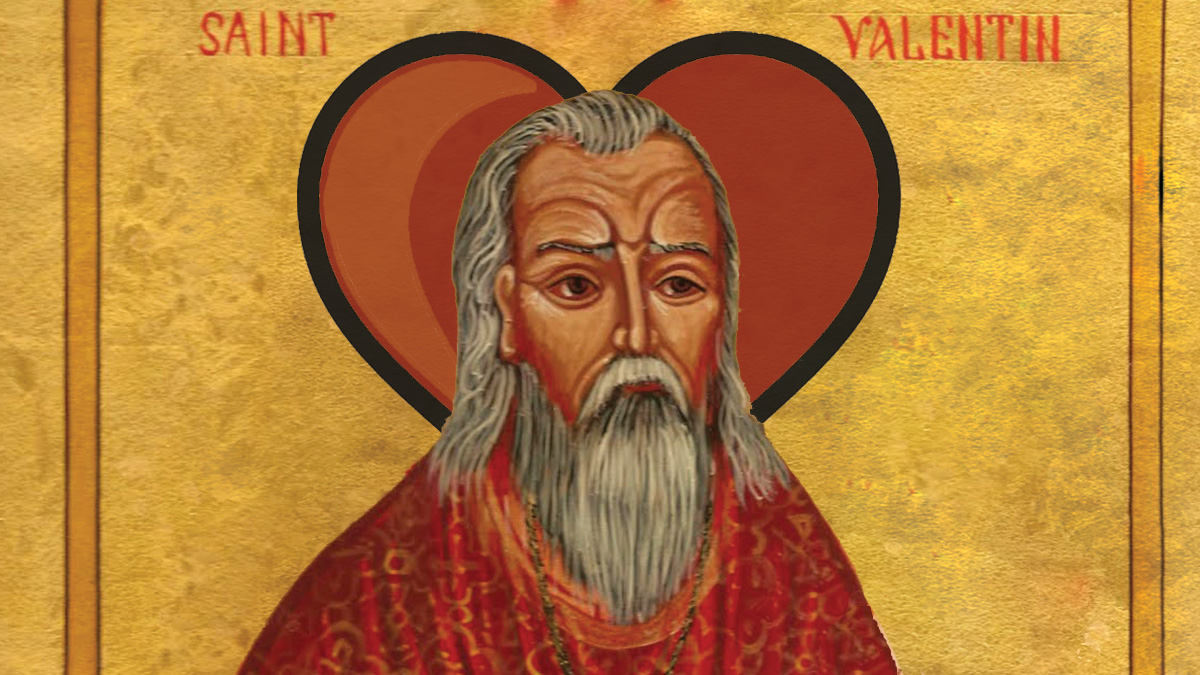Ah, Valentine’s Day, a day of romance, gifts, and glittery cards. This tradition has always been steeped in sappy sentiment but the roots of the holiday run far deeper into our histories than some may know. While there are more than three incarnations of the venerated saint of romance there are only two with consistent revisions to their legends. Historians and clergymen alike have been embellishing the stories of these two saints since 270 A.D.
Perhaps the most well-known of the Valentine martyrs, St. Valentine lived during the reign of Emperor Claudius II of Rome. Claudius, realizing that single men made better soldiers than married men, outlawed marriage to bolster his forces (though historians debate whether or not this is true). Valentine, a priest in the region, thought the new rules were unjust and set to marrying soldiers and their sweethearts in secret. He was said to have worn a purple ring with an image of cupid on it so soldiers would know he was the priest who would marry them. After conducting the secret ceremonies he would hand out paper hearts to remind the soldiers of their vows while they were on campaign. He was eventually discovered and after an unfair trial (and a good amount of torture) he was beheaded for his transgressions.
The second Valentine on the list was a persecuted Christian during the reign of the same Emperor Claudius II. After helping others like himself flee the country, Bishop Valentine was captured by Claudius’ men and slated for execution. While on death row, Valentine refused to convert to paganism and even went so far as to try and convert the emperor to Christianity. Before his death, Valentine was said to have cured the blindness of the jailer’s — or the judge’s, depending on the version — daughter and to have left her a card before his death. That card was inscribed with the now famous sign off, “From Your Valentine.” Just like the other Valentine, Bishop Valentine was beheaded for his crimes.
As for the placement of Valentine’s Day in February, it most likely wasn’t due to the death of the martyrs. While some people may assume that the day marks the death of the saint himself, it’s more likely due to the church repurposing a pagan holiday. 15 February marks the ancient Roman holiday of Lupercalia. A festival celebrating fertility, Lupercalia is dedicated to the god Faunus as well as the twin founders of Rome, Romulus, and Remus.
During the festival, animal sacrifices of livestock were made outside of the city in the cave the twins were raised in. The fresh hides were dipped in blood and taken into the city and surrounding fields, where they were touched against the ground or women’s stomachs. The hides were said to bring fertility to whatever they touched, and it was an honor to be blessed. The single women of Rome would also enter their names into a giant urn in the city’s center. Eligible bachelors would then pick names from it so they could meet potential wives.

